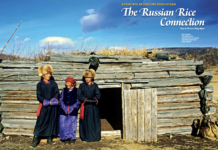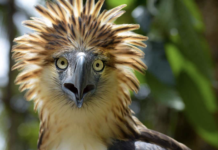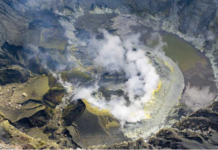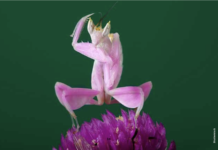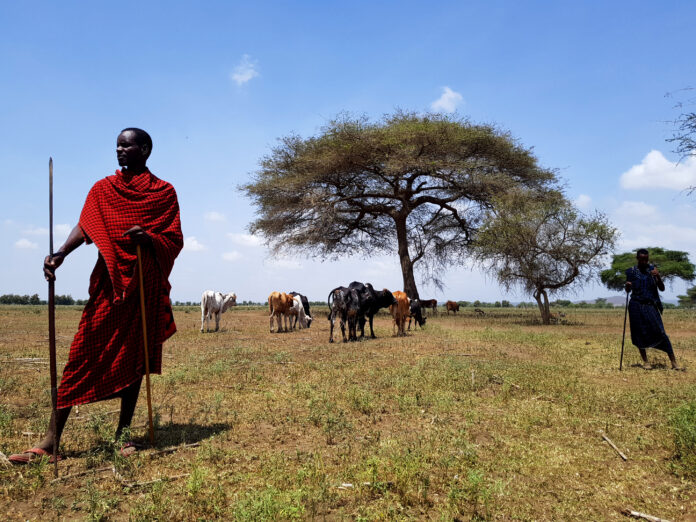
Text and Images by Gregg Yan
This is gonna hurt like hell.
It’s a blistering morning in the village of Malula in Tanzania. I’m on my knees, surrounded by five tall Maasai warriors.
Emmanuel is the lankiest. He places two sticks on the dust, then drills one into the other to make fire.
To ‘disinfect’ the end of the smouldering stick, he dips it into a wad of dried cow dung.
I had travelled to Africa’s Rift Valley to visit this tribe and have cool little holes burnt into my arm. Modern Maasai, no longer allowed to hunt lions, undergo less perilous rituals to become moran or warriors. My ankle already bears a pine ash tattoo from Apo Whang Od, the 105-year old traditional tattoo artist from the Butbut tribe of the Philippines.
Acrid smoke tickles my nose, lulling me back to reality. I suck air and try to look cool, though my heartbeat sounds like the intro of Toto’s Africa. Emmanuel lifts the hot rod, grinning.
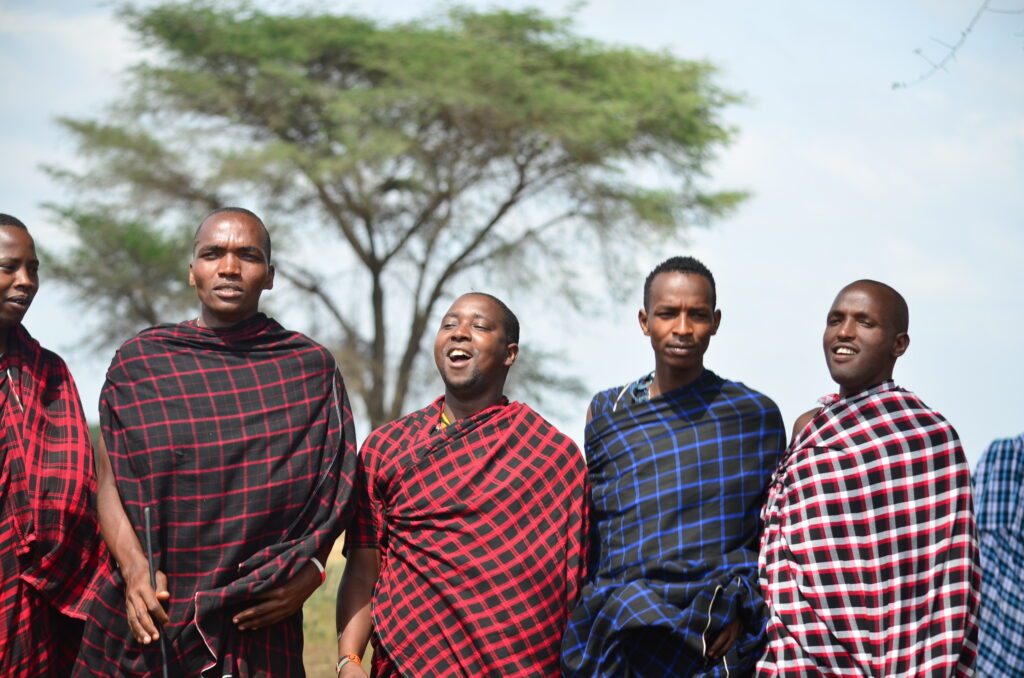
The Maasai
With their distinctive red robes and herding sticks, the Maasai are possibly Africa’s most famous tribe. They’re known for three things: drinking fresh cow’s blood, hunting lions with spears and their famous adumu jumping dance, where tall men can jump half a person’s height to win honour and a maiden’s nod.
I first encountered them walking along the sunny shores of Dar es Salaam, the seaside capital of Tanzania in East Africa. A Maasai moran popped out of the crowd, an image cut straight from the pages of a travel magazine.
“You are Maasai. A cattle herder?” I asked.
“Yes,” he replied in baritone.
“So umm, what do you herd?” I stammered.
“Cattle,” he chuckled.
I was so embarrassed that I gave him my lucky bracelet (I have a few).
I’m from the Philippines, an archipelago hosting 134 tribes. The African continent, over a hundred times larger, has 3000 tribes. I’ve visited many tribes in my home country, from the Taw’buid to the Badjao. Not content with merely recording their culture with words and photos, I sometimes ask if I can undergo traditional rituals. They occasionally agree.
Today’s Maasai tote cellphones, habitually watch funny Youtube videos, and ply the savannah on screaming motorbikes called tuku-tuku. Once or twice weekly, hundreds of them gather in an open field which becomes a bustling Maasai market, where livestock and other goods change hands.
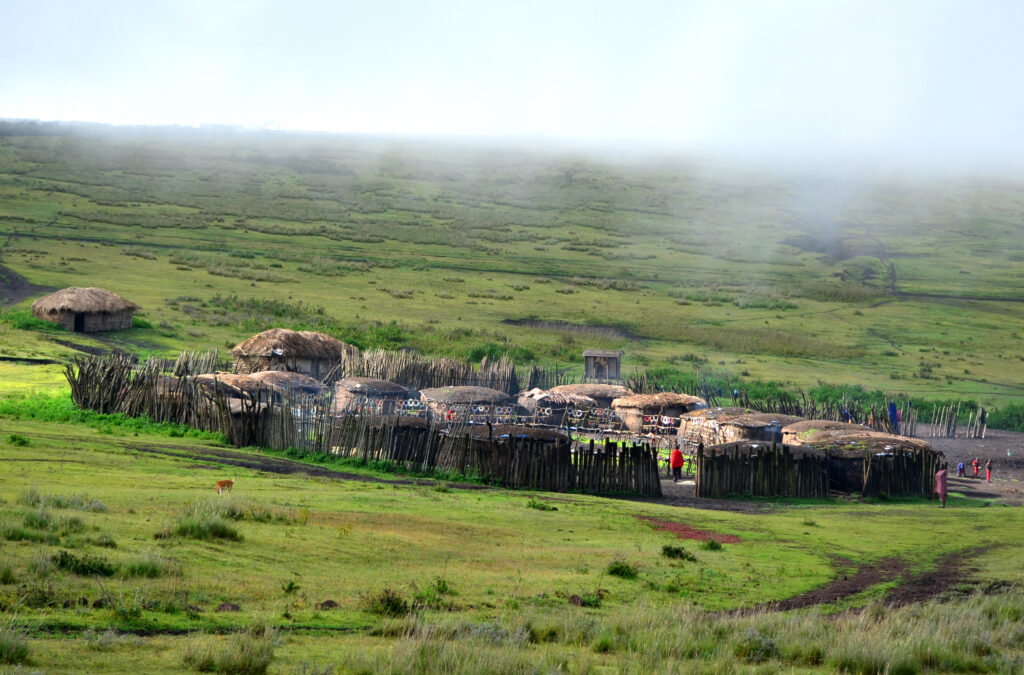
Two million Maasai belonging to 22 clans roam Maasailand, a territory which bisects Kenya and Tanzania. They’re never far away from their herds of cattle, goats and sheep, which are rarely slaughtered. The animals are kept primarily for milk, blood and status. The more animals and children a herder has, the richer he is. Arkasis or wealthy Maasai can have thousands of cattle and many, many children.
While men herd, women tend to the kids, milk the livestock and continuously repair mud huts hewn from mud, sticks… and cow dung. They make colourful beaded jewellery while snorting fine-powdered tobacco. I tried it. Powerful stuff.
Though the Maasai have long revered their God Engai, half of them are now Christian. They speak Maa, a Nilotic language which sounds distinctively Arabic.
It is believed that the Maasai migrated from North Africa in the 15th century by following the Nile River. Their ferocity was legendary. Most tribes gave them a wide berth, while those who resisted were cut down.
To become a warrior the old-school way (and to impress a potential wife), young Maasai needed to stalk and kill a lion in a ceremony called the alamaiyo. This practice is now done only in retaliation, when rogue lions pick off cattle.
Their famed adumu or jumping dance was originally part of the eunoto, a weeklong ceremony to transform young men into warriors. Now mostly done for tourists, the fascinating dance is accompanied by the low buzzing drone of throat singing.
Of all aspects of Maasai culture though, I most admired their distinctive scars, each with a different meaning.
Ritual Scarification
Tribal scarification has been practised for thousands of years, particularly by dark-skinned cultures where black tattoos are hard to notice. Scars take the form of burns, cuts or gouges rubbed with saliva, acid, ash, gunpowder and other fun substances to add shade and height.
Though occasionally done for beauty, scarification is usually a rite of passage into adulthood or various tribal subgroups. Maasai moran undergoing scarification must exhibit bravery, strength and indifference to pain – crucial traits in battle. Maasai mamas or women undergo similar rites to show they can hack childbirth.
Ouch. My first mark sizzles like a tiny star. The pain passes. I look at my arm, seared medium-rare. Smells like barbecue.
A nodding Emmanuel confers with the others in Maa, then drills the stick again. Can I hack this?
Years of martial arts training pay off as I lift my mind to another place.
The process is repeated once, twice, six times.
Slaps on the back and wild cheers snap me back. The ceremony is done: Like the proud tribesmen surrounding me, I now bore the marks of a moran.
We end with the adumu, every man beating his feet to jump the highest. I pant and jump and heave and try to keep up with these warriors of legend.
I may never jump as high as them, nor face a lion in battle, but whenever I look at my arm, I’ll always remember a time when I walked with the Maasai.
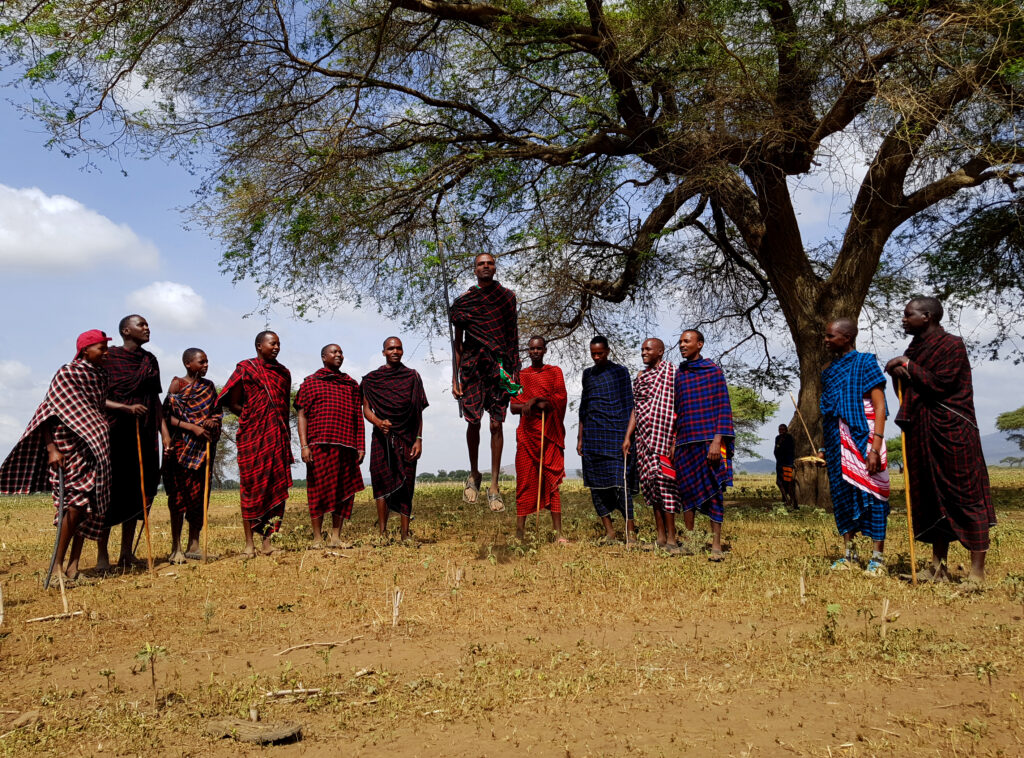
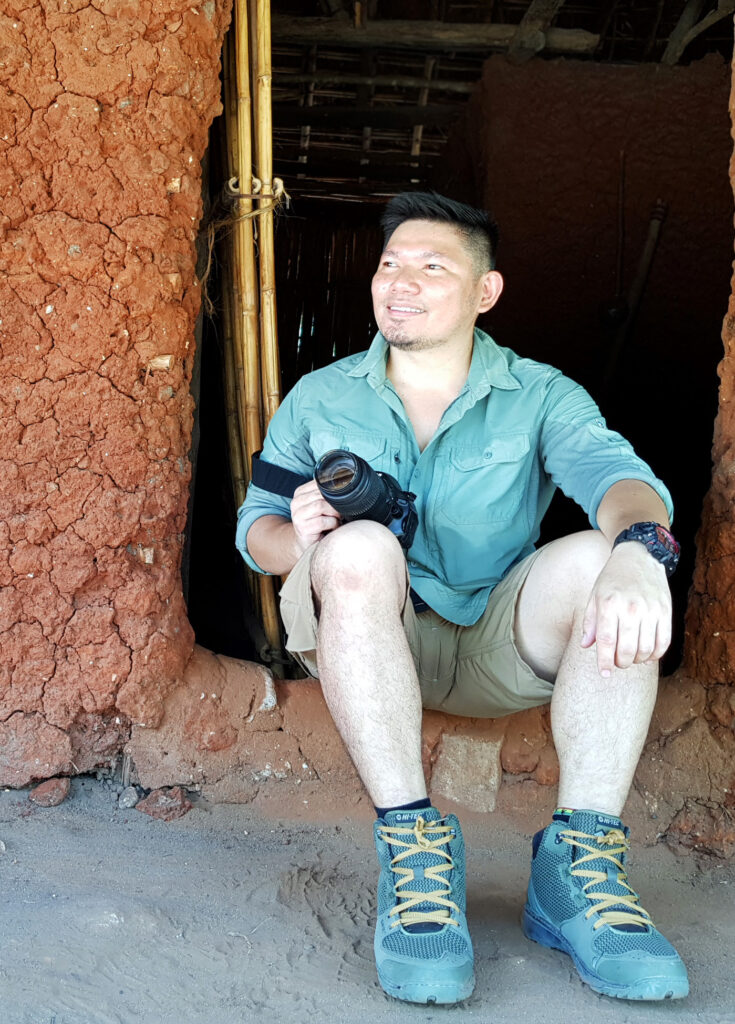
Though explorer Gregg Yan has gone toe-to-toe with elephants in Sabah, horn-to-horn with feisty forest buffalo in Mindoro and fin-to-fin with a tiger shark in Palawan – his most terrifying experience was when a He-Man-like Ladyboy threatened to mash him to a pulp in Bangkok.
Chosen by Reader’s Digest Asia as one of the Philippines’ most trusted people, he has written and shot for hundreds of publications, covering a wide range of ecological and anthropological issues. Keep up with Gregg’s work here!



